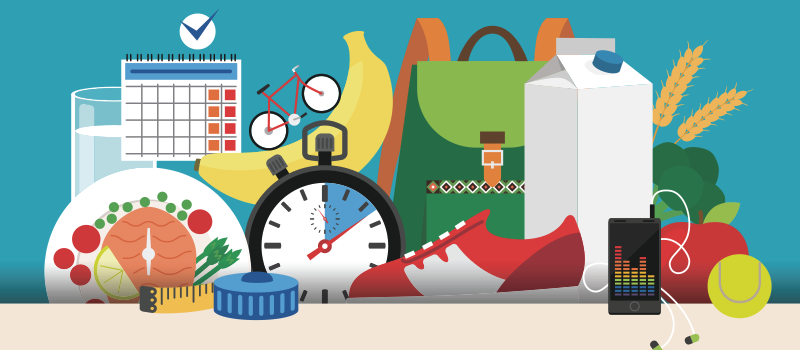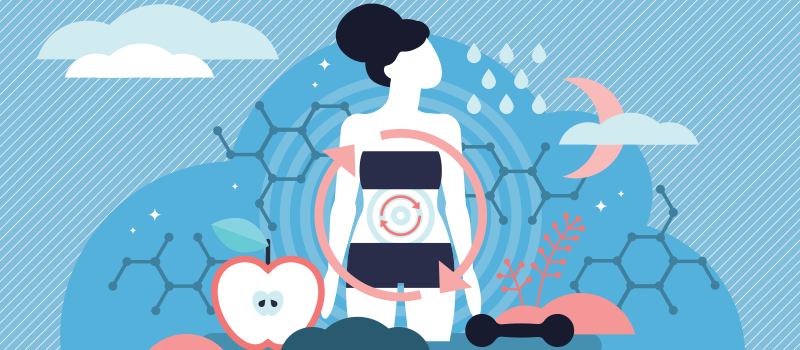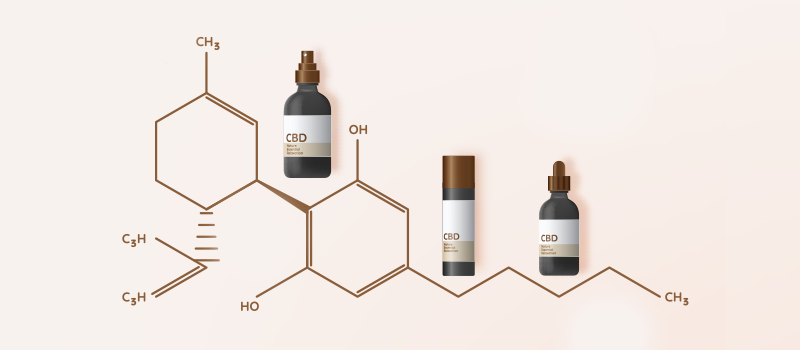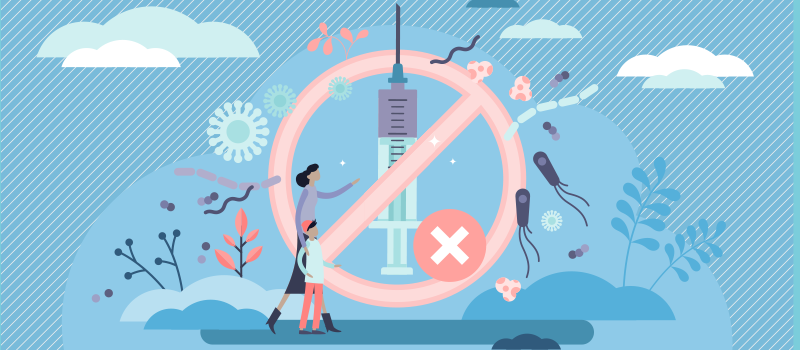What’s the Buzz
The Bee Healthy Blog
11 Early Signs of Gastrointestinal Disease

Common symptoms of a gastrointestinal disease include abdominal pain, bloating, gas, diarrhea, vomiting, blood in vomit, changes in bowel habits, incomplete bowel movements, narrow stools, bloody stool, fatigue, and weakness.
There are dozens of gastrointestinal diseases, ranging from minor conditions that are easily treated to life-threatening conditions that require immediate medical attention. These gastrointestinal diseases can cause a wide range of symptoms. However, some early signs and symptoms are common to many digestive disorders, such as stomach pain, bloating, diarrhea, constipation, and GI bleeding. Please continue reading to learn more.
How do I know if I have gastrointestinal disease?
Common symptoms of gastrointestinal disorders include:
-
Abdominal pain (stomach pain or discomfort)
-
Bloating or gas
-
Diarrhea
-
Blood in vomit
-
Changes in bowel habits (constipation, diarrhea, or both)
-
Incomplete bowel movements
-
Narrow stools
-
Rectal bleeding or blood in stool
-
Loss of appetite and/or unexplained weight loss
-
Fatigue and weakness
What are some common gastrointestinal diseases?
There are two main types of GI disorders:
-
Functional gastrointestinal disorders such as irritable bowel syndrome (IBS) and functional constipation in which GI symptoms are present, but there are no findings on testing.
-
Structural digestive system disorders such as hemorrhoids and anal fistulas in which there are symptoms as well as visible changes seen on examination.
Some of the most common diseases of the GI tract are briefly described below.
Food allergies
These are immune system reactions that occur after eating certain foods. They can trigger minor GI symptoms or severe symptoms, such as hives and swelling of the airways, which require emergency medical attention. Check out “How to Use an EpiPen: A Step by Step Guide.”
Gastroesophageal reflux disease (GERD)
This is a very common condition in which the stomach acid flows back into the esophagus (food pipe) and irritates the lining of the esophagus. Symptoms include a burning sensation in the chest (heartburn), trouble swallowing, and a sensation of a lump in the throat.
Peptic ulcer disease
This is a condition in which open sores (peptic ulcers) develop in the intestinal and stomach lining due to excessive acid excretion. Symptoms include GI bleeding (blood in vomit, blood in stool), nausea, vomiting, weight loss, and changes in appetite.
Constipation
This is a common disorder of the digestive tract characterized by fewer than three bowel movements per week and/or difficulty passing stool.
Gastroenteritis
Also called stomach flu, this is an inflammation of the lining of the stomach and intestines, typically caused by a viral or bacterial infection. Symptoms include stomach pain, diarrhea, and vomiting.
Irritable bowel syndrome (IBS)
This is a chronic functional digestive disease with symptoms such as digestive discomfort (abdominal pain, abdominal cramps), bloating, and changes in bowel habits (diarrhea, constipation, or both).
Inflammatory bowel disease
These are a group of conditions, including ulcerative colitis and Crohn’s disease, in which there is chronic inflammation of the intestines. Symptoms of inflammatory bowel disease may include abdominal pain, diarrhea, rectal bleeding, weight loss, and fatigue.
Diverticular disease
Diverticulosis is the development of small pouches in the lining of the colon (large intestine). When this condition causes inflammation, bleeding, and other symptoms, it is called diverticular disease. Learn about diverticulitis and what foods and drugs to avoid.
Colorectal cancer
Also called colon cancer, this is a cancer that develops in the colon or large intestine. Common signs and symptoms often include abdominal pain, changes in bowel habits (diarrhea, constipation), narrow stools, blood in stools, and weight loss. Learn about 5 signs of colon cancer in women.
Hemorrhoids
Also called piles, hemorrhoids are swollen veins in the anus (external hemorrhoids) or rectum (internal hemorrhoids). Symptoms include pain, discomfort, itching, irritation, swelling, and bleeding around the anal canal. Learn about the best hemorrhoid treatments.
Anal fissures
These are tears in the inner lining of the rectum, typically caused by straining during bowel movements due to constipation. Symptoms can include pain during a bowel movement, cramping, itching at the anus, and blood in stool.
Anal fistulas
These are structural gastrointestinal diseases in which an abnormal passage forms between the anal canal and the skin near the anal opening, leading to leakage of stool. Symptoms can include itching and irritation of the anal skin, pain, bleeding, and drainage of pus. Anal fistulas rarely heal without surgical treatment to close off the abnormal passage.
What is the cause of gastrointestinal disease?
The cause of gastrointestinal diseases can vary widely, including a combination of environmental and genetic factors. It may include:
-
A low-fiber diet and lack of adequate hydration, which can contribute to constipation.
-
Hypersensitivity to certain foods such as dairy products that can cause GI issues.
-
Structural defects, for example, a weak muscle at the lower end of the esophagus, which allow stomach acid to backflow into the food pipe, causing GERD.
-
Excess stomach acid formation due to side effects of certain medications, alcohol, smoking, or stress which can lead to peptic ulcer disease.
-
Severe infections, small intestinal bacterial overgrowth, or visceral hypersensitivity which are potential causes of common conditions such as irritable bowel syndrome (IBS).
-
Lifestyle factors such as a diet high in processed meats, a sedentary lifestyle, smoking, and excessive alcohol consumption which are risk factors for colorectal cancer. Chronic stress can also increase the risk of peptic ulcers.
-
A family history of certain conditions, such as familial adenomatous polyposis, in which hundreds of polyps (small growths) develop in the colon and rectum.
What is the treatment for gastrointestinal disease?
The treatment for gastrointestinal diseases depends on the cause. It may involve lifestyle changes, medications, surgery, or a combination of these. The chances of a cure are higher if a gastrointestinal disease is discovered in its early stages. That’s why it’s important to see your doctor without delay if you have the following symptoms:
-
Skin rash, hives, itching, swelling, difficulty breathing (these are signs of an allergic reaction and warrant emergency medical attention)
-
Sudden, severe, or long-lasting abdominal pain
-
Persistent or severe heartburn
-
Persistent diarrhea or vomiting
-
Blood in vomit
-
Changes in bowel habits
-
Yellowing of the skin or eyes (jaundice)
-
Rectal bleeding
-
Blood in stool
-
Leakage of stool (staining of underwear)
-
Changes in appetite or unexplained weight loss
-
Any other GI symptoms that do not get better with lifestyle changes and over-the-counter medications
How do I fix my GI problem?
It’s important to have your GI problem properly diagnosed and treated by a healthcare provider. However, you can prevent problems in your digestive organs with the following measures:
-
Eat a healthy diet.
-
Drink plenty of water.
-
Get regular exercise.
-
Maintain a healthy body weight.
-
Eat meals at regular times.
-
Use healthy cooking methods such as steaming, poaching, stewing, grilling, boiling, and microwaving.
-
Get enough sleep.
-
Quit smoking and excessive alcohol intake.
-
Manage stress with meditation and yoga.
References:
-
https://www.utphysicians.com/colon-and-rectal/signs-and-symptoms-of-gastrointestinal-disorders/
-
https://my.clevelandclinic.org/health/articles/7040-gastrointestinal-diseases
-
https://www.mayoclinic.org/diseases-conditions/food-allergy/symptoms-causes/syc-20355095#:
-
https://www.mayoclinic.org/diseases-conditions/gerd/symptoms-causes/syc-20361940#:
-
https://www.mayoclinic.org/diseases-conditions/peptic-ulcer/symptoms-causes/syc-20354223
-
https://www.mayoclinic.org/diseases-conditions/constipation/symptoms-causes/syc-20354253#:
-
https://www.bidmc.org/about-bidmc/wellness-insights/gastrointestinal-gi-health/2016/04/ibs-vs-ibd#:
-
https://my.clevelandclinic.org/health/diseases/14501-colorectal-colon-cancer
-
https://www.mayoclinic.org/diseases-conditions/hemorrhoids/symptoms-causes/syc-20360268#
-
https://www.mayoclinic.org/diseases-conditions/anal-fissure/symptoms-causes/syc-20351424












SOCIAL